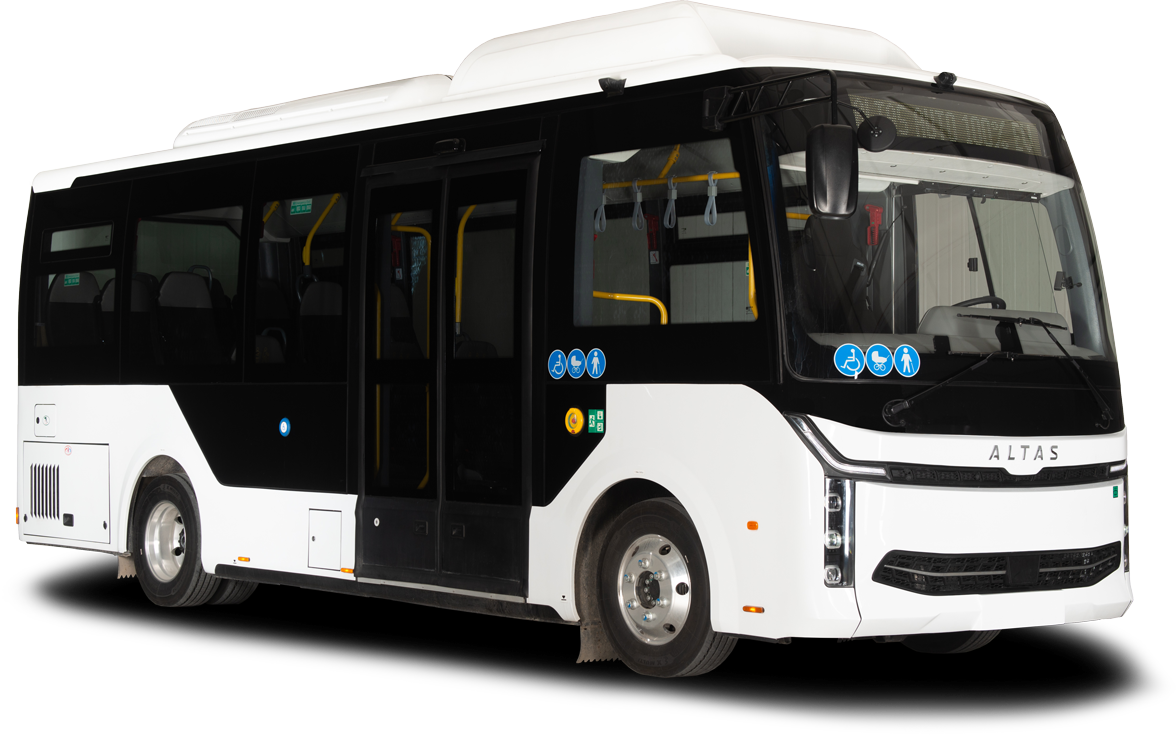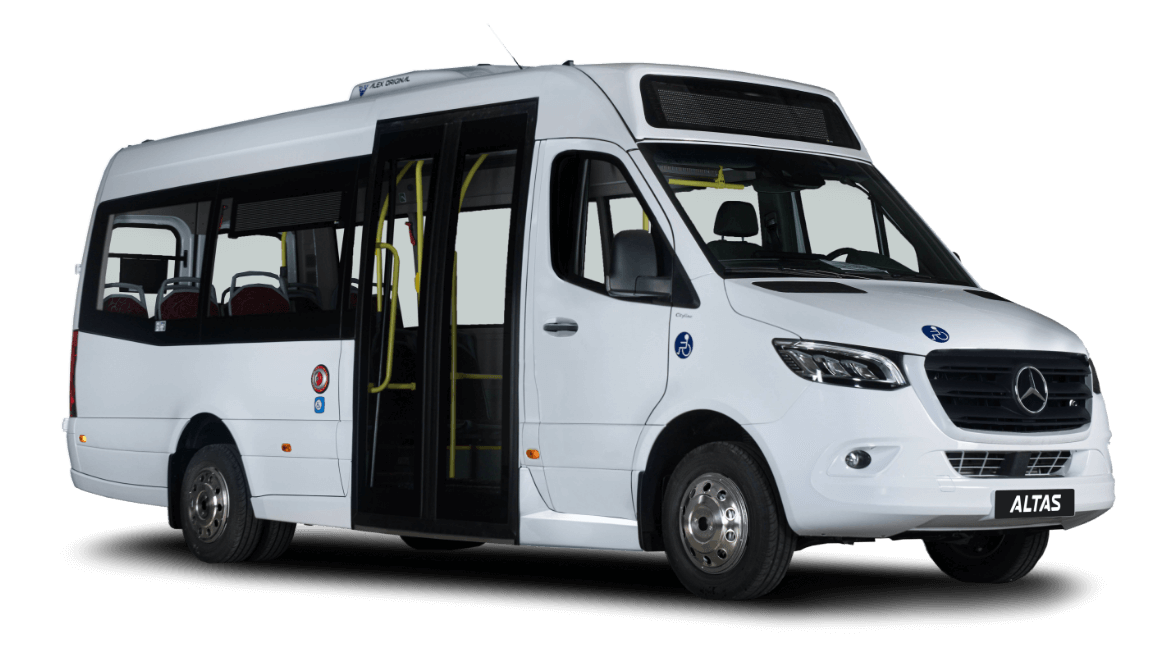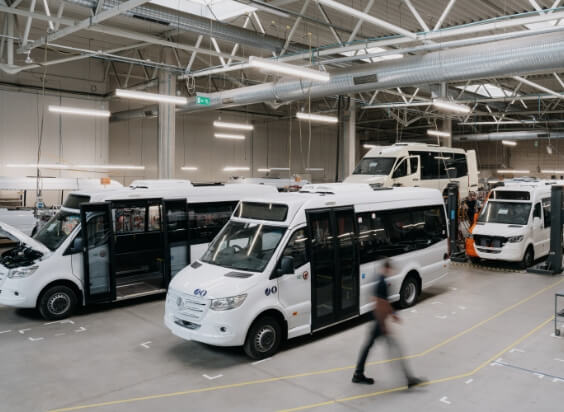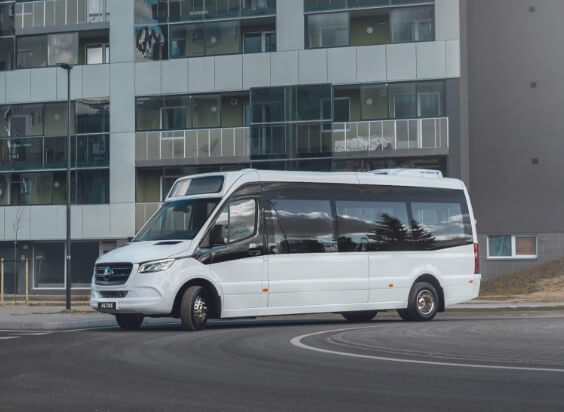As 40% of Vilnius residents combat noise, electric public transport offers quieter streets
December 18, 2023
A recent survey revealed that 40% of Vilnius residents face excessive noise pollution, marking a concerning trend in European capitals. Noise, identified as the second major urban challenge in Europe, follows closely behind air pollution, impacting 30% of the EU population with long-term adverse effects, as reported by the World Health Organisation (WHO).
In an effort to draw public attention to the significant noise pollution in Vilnius and other European cities, ALTAS AUTO has launched the communication project “Prisoners of Noise”.
Cars and public transport emerge as the primary culprits for noise pollution in cities, including Vilnius. Within the residential zones of Vilnius, a staggering 40% (232,000 people) contend with escalating noise levels, an issue that continues to intensify.
WHO advises that the average road traffic noise in a city should not surpass 53 dBA, dropping to below 45 dB during the night to preserve normal sleep patterns. Alarming measurements conducted near Vilnius’ busiest streets revealed an excess of 20 dBA beyond WHO recommendations.
Outdated public transport buses, generating noise levels exceeding 80 dBA, particularly during stops, contribute significantly to the city’s systematic noise. Educational institutions, kindergartens, and health care facilities, numbering 66, 106, and 21 respectively, fall within zones of abnormal noise, surpassing 65 dBA.
In 2022, the municipal entity “Vilnius plan” executed strategic noise mapping, exposing that 40% of the Vilnius agglomeration’s inhabitants, roughly 232,000 people, endure constant exposure to noise levels exceeding 55 dBA. This surpasses WHO’s recommended noise limits by 12 dBA.
Outdated public transport, particularly buses, remains the primary offender. On high-intensity streets noise from cars, buses, and trucks is comparable due to louder tire friction on asphalt.
Meanwhile, when driving at lower speeds on city streets, most of the noise is caused by the operation of the engine. Heavy vehicles, especially large buses, rarely exceed 50 km/h in the city. Especially outdated diesel engines, which still dominate public transport, make the most noise when shifting into the lowest gears, being the biggest source of systematic noise on city streets.
To mitigate this, Vilnius city municipality is introducing various noise prevention projects, as well as aiming to improve public transport conditions and update the fleet by acquiring low-noise electric vehicles by 2028.
|The future belongs to silent transport
The European urban development policy stipulates that in order to develop sustainably, it is necessary to utilize and improve the already existing urban infrastructure. The easiest way to achieve this is by increasing the population density and implementing such sustainability solutions as the development of green areas and transforming streets for clean transport.
Transport with internal combustion engines is one of the biggest obstacles to such sustainable development; it both pollutes the air and is a major source of noise.
Urban planners and traffic engineers often aim to locate bus stops as close as possible to passengers and their residential areas. Quiet electric buses are a key solution that will give municipalities more flexibility to do this. Their silent operation addresses noise concerns and aligns with efforts to enhance quality of life for city dwellers.
According to Edvardas Radzevičius, head of ALTAS AUTO, the introduction of electric buses could revolutionise urban living by significantly reducing noise levels. Electric buses, lacking gears and characterized by smooth acceleration and deceleration, enhance travel comfort and eliminate the disruptive noise associated with traditional diesel engines.
“As a manufacturer of electric buses, we are well aware of the problem of noise in cities. Only after driving an EV bus can you understand what fundamental changes this transport will bring to our cities. Electric transport in residential areas allows to reduce the noise level several times.
Not only residents win, but also municipalities with their hands untied to establish public transport stops closer to residential houses. From our perspective, the introduction of electric buses in densely populated urban areas, as well as in old towns, can fundamentally change the quality of life of the citizens”, says Edvardas Radzevicius, head of ALTAS AUTO.
“The main advantage of an EV bus is the absence of noise and vibrations. This has a significant positive impact on both the driver and passengers. When driving an electric bus, the main difference from buses powered by an internal combustion engine is that there are no gears in electric transport. As a result, there is no jerk when changing gears, which is characteristic of diesel transport. No matter, if accelerating or decelerating, an electric engine creates a completely different level of travel comfort for passengers”, says Karolis Kairaitis, the head of the public transportation company UAB Kautra Vilnius branch.
Noise kills
Noise’s impact on health is underscored by David Rojas, a researcher at the Barcelona-based Global Health Institute, who notes its role in releasing stress hormones, increasing the risk of cardiovascular diseases. Despite noise being the second major urban problem, its continuous presence leads to desensitization, masking its harmful effects.
“Noise irritates the central nervous system, and due to its continuous exposure, it releases increased levels of stress hormones,” says David Rojas. – “Constant noise increases the risk of hypertension, which is the main cause of heart attack and stroke.”
Despite the fact that noise pollution is the second most important problem in cities, there is a tendency to ignore it because people’s brains just get used to the noise – even consciously imperceptible noise continues to systematically irritate the nervous system with all the resulting consequences.
“Due to constant noise and air pollution in cities, we lose not only quality of life, but also years of life,” adds the scientist, emphasizing that the most effective way to reduce traffic noise is to move more on foot, bicycles or sustainable and silent public transport.
According to WHO, 60 million people suffer from excessive noise in European cities every day. Every fifth resident suffering from urban noise experiences sleep disturbances caused by it – often wakes up at night.
Meanwhile, poor sleep quality is another important cause of chronic cardiovascular disease. The WHO has calculated that 3,600 heart-related deaths could be prevented each year if noise levels in European cities were reduced to levels recommended by WHO.

















 Auto Hrvatska
Auto Hrvatska  Hessel Bus A/S
Hessel Bus A/S  Veho OY
Veho OY  BG Motor Group
BG Motor Group  AH Senden
AH Senden  Bílaumboðið Askja
Bílaumboðið Askja  Colmobil
Colmobil  GBister Ibérica S.L.
GBister Ibérica S.L.  Gruppo D'Auria
Gruppo D'Auria  Bertel O. Steen
Bertel O. Steen  BUSScenter
BUSScenter  Widera Connect
Widera Connect  EVM Direct
EVM Direct